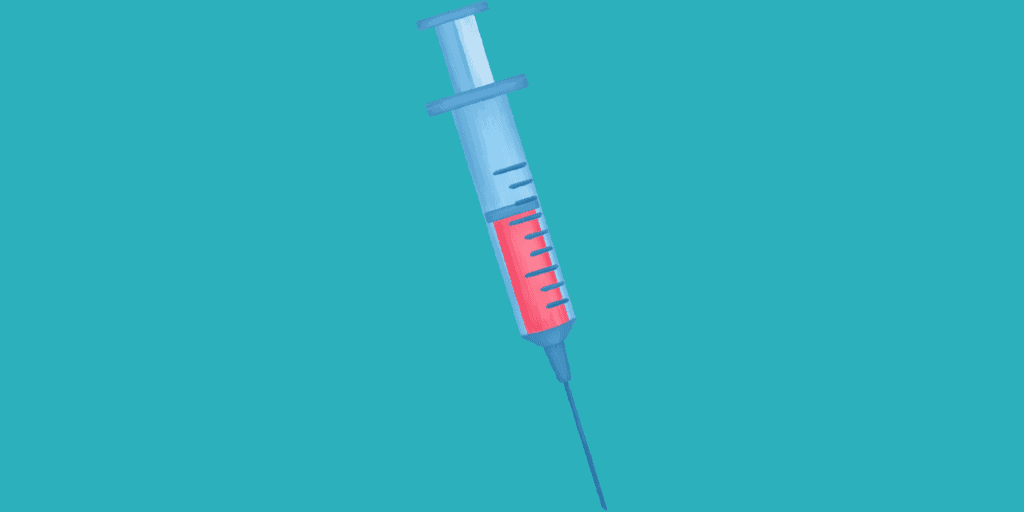Which birth control methods is right for you?
When choosing birth control, it is important to know what each type offers in terms of benefits and drawbacks. It can be difficult to make a decision when you consider all the options available, but hopefully this blog post will provide some clarity! Keep reading to find out more information on different types of contraception and which one might work best for you.
The Pill
One of the most popular methods of birth control is The Pill. Birth control pills are a form of contraception that relies on hormones to block fertilization and prevents eggs from leaving the ovaries. This method mainly uses Progestin, Estrogen, and Mucus-Thickening Hormones – all three of which work together to make it difficult for sperm cells to reach an egg.
This method of birth control, although 99% effective if taken properly, this form of contraception does not offer protection against STDs.

How To Use
The pill needs to be taken at the same-time each day.
The Ring
When used correctly, the Ring can be up to 99% effective in preventing pregnancy. It also offers several advantages over other forms of hormonal birth control. Unlike the Pill, it does not require taking a pill every day; unlike the Patch, it does not require you to change it weekly. Additionally, the Ring has fewer side effects than other forms of hormonal birth control. These include irregular menstrual cycles and spotting between periods.
If you’re looking for a form of hormonal birth control that is both easy to use and highly effective, then the Ring may be the perfect choice for you.

How To Use
Insert the ring into your vagina and leave it there for 3 weeks. During this time, it will release hormones into your body which will prevent ovulation and thus prevent pregnancy. After 3 weeks, take out the ring and discard it. You should insert a new ring 7 days later.
The Patch
The main advantage of the patch is that it’s simple and does not require you to remember to take a pill every day. Some women may experience side effects such as acne, breast tenderness, and irregular bleeding.
Additionally, the patch can come loose from tight clothing or vigorous exercises so you must make sure it stays put. If you’re looking for an easy way to prevent pregnancy while still being able to go about your daily routine – then the patch might just be right for you.

How To Use
Make sure you place the new patch on the same day of the week for three weeks. You should also rotate which area of your body you put the patch on to avoid skin irritation. If the patch comes off or falls, replace it immediately.
The Shot
One of the biggest advantages of using The Shot for birth control is that it does not require you to remember to take a pill every day. In addition, The Shot prevent pregnancy with 99% effectivity when administered correctly.
For some people, this form of contraception can even provide an array of benefits including reduced menstrual cramps and clearer skin. On the other hand, like all forms of birth control, The Shot has its downsides too. Possible side effects include irregular bleeding or mood swings; headache; weight gain or loss in bone mineral density.
It is imperative to talk with your doctor before beginning with this type of contraceptive if you are considering making a change from another one. Overall, The Shot is an excellent option if you’re looking for something reliable and convenient!

How To Use
There are two types of The Shot: Depo-Provera, which must be taken every three months, and Lunelle, which must be taken every month. Depending on which one you choose, you will receive an injection from your doctor or nurse or administer the shot yourself. Before taking either type of shot, make sure you speak with your doctor or nurse about any side effects or risks associated with this type of birth control method.
The IUD
The Intrauterine Device (IUD) is one of the most effective birth control methods around. It is a small, T-shaped device inserted into the uterus by your health care professional, and releases hormones to prevent pregnancy.
Depending on which IUD you get fitted with, it can last anywhere from 3-10 years! This means it’s also a very safe birth control method for those who are looking for something that can last for a long time without the need to worry about forgetting or running out. Make sure to ask any questions you have about safety before getting fitted with an IUD – don’t take chances when it comes down to reproductive rights!
The Implant
There are some drawbacks to the implant birth control method. It causes changes in your menstrual cycle and may cause irregular or heavy periods, cramping, and spotting between periods. It is less effective when you have a higher body weight; however, its effectiveness increases when used continuously for two years (which we recommend).
If this sounds like something that would work best for you speak with your doctor about getting one inserted. The insertion process requires professional assistance and can take up to fifteen minutes. Once the procedure is complete, check-ups should occur every few months just to ensure it stays where it needs to be placed.

The Condom
Condoms, one of the most common forms of birth control methods in use today, are also one of the easiest to obtain. They’re available over the counter and can be purchased at any convenience store or gas station.
Condoms protect against STIs by creating a physical barrier that keeps sperm out of the uterus. Choosing condoms provides an affordable option with little fuss; they don’t require prescriptions or specific instructions for use and come in different sizes and textures for all male genitalia types.
As long as they’re used correctly, condoms will prevent pregnancy effectively – making them an excellent contraceptive choice when paired with other methods like birth control pills or intrauterine devices. But there is one downside: Like every form of birth control, condom usage isn’t always 100% accurate even if they’re worn properly – this means you may still experience pregnancies despite diligent condom usage.
Whether you choose to use condoms as your primary form of contraception or in combination with other birth control methods, it’s vital to understand how to use them properly to ensure maximum protection. It’s also important to practice safe sex by using a new condom every time you have sex.

The Vasectomy
A vasectomy is one of the most effective birth control methods. It’s a permanent form of contraception for men, and it has a 99.8% success rate. In this procedure, doctors will make small incisions in the scrotal skin to access and seal off both vas deferens tubes that carry sperm from the testicles to the penis – thus blocking sperm from being present in ejaculated semen, rendering pregnancy impossible.
Though vasectomies are irreversible, there is still a chance to reverse them if circumstances permit. Reversal rates depend on many factors and cannot be guaranteed, so it is important to think of this form of birth control as an end-all solution from the beginning. There are no negative effects in regard to hormone levels or sexual performance – but consult with your doctor before making any final decisions about surgery.
A vasectomy is surgery of sorts; recovery takes time. Depending on the severity of the case, patients may need to take one day off from work and avoid strenuous activities for two weeks. This can include avoiding sexual intercourse for 7 days after the procedure has taken place. However, this doesn’t mean they cannot engage in another intimate contact within that timeframe – just do so cautiously (i.e., without ejaculation). Furthermore, your doctor will ask you to bring in semen samples at various intervals following your operation to make sure everything has gone according to plan.
A vasectomy is one of the best options for people who are certain they never want to have children in the future. Discussing it thoroughly with your partner can really narrow down which birth control method would work best for both parties involved.

